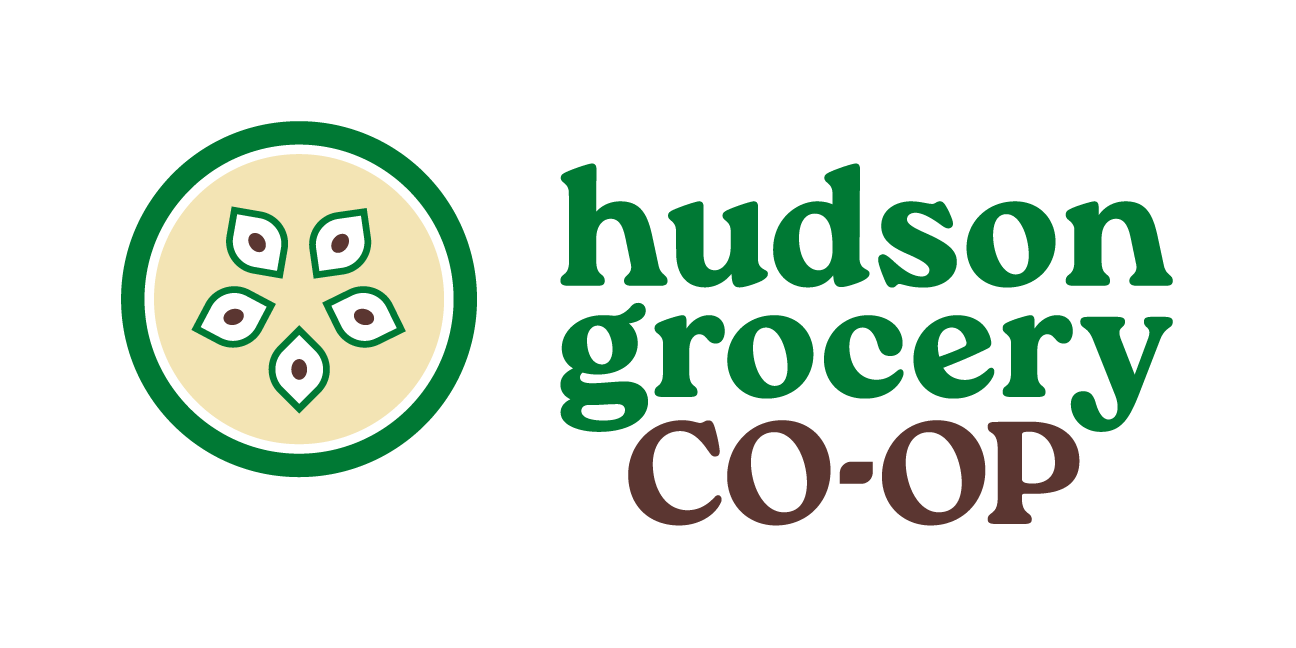Seasonal Availability:
Bell peppers begin to be harvested in Wisconsin in mid-July and continue to be picked through October, depending on the region and climate.
Health Benefits:
Bell peppers have a hefty amount of vitamins C and A, as well as fiber, folate, and vitamin K. Red peppers are the ripest sweet peppers and also have significantly more vitamin C and beta-carotene than their green pepper counterparts.
How to Select:
Red, green, yellow, orange, purple (!)—sweet peppers come in a huge variety of colors. Select weighty peppers that are firm and crisp, glossy and vibrant in color. Avoid ones that are shriveled or have soft spots.
How to Store:
Store in an open produce bag in the refrigerator for a week or longer. Green peppers often last slightly longer than red, yellow, and orange peppers.
How to Prepare:
Different colored peppers have different tastes and uses, but they are certainly all versatile. For instance, green peppers are less sweet than orange and yellow peppers, and red peppers are the sweetest. They can all be used raw in salads or sandwiches. If you have fresh tomatoes, dice them with bell peppers, then add mozzarella and vinaigrette for a quick summer side salad. Sautee with onions and serve with scrambled eggs in a tortilla for breakfast; or start your day off with a pepper-stuffed omelet. For dinner, cut the tops off and stuff them with meat and cooked grains before baking. Add them to your kabobs for the grill, or grill pepper halves as hamburger or chicken sandwich toppings. They also work fantastically in coulis (vegetable purees) and other sauces.
Recipe: Goat Cheese and Bell Pepper Omelet
Recipe Information
Total Time: 10 minutes
Servings: 1
Ingredients
- 3 eggs
- 1/4 cup red onion, sliced thin
- 1/4 cup bell pepper, julienned (green, red or yellow)
- 1 tablespoon butter
- 2 tablespoons vegetable oil
- Salt and pepper, to taste
- 2 ounces soft goat cheese (chevre)
Preparation
Heat butter and 1 tablespoon of oil in a nonstick sauté pan over medium-high heat until hot. Lower heat to medium and sauté the bell peppers and onions for 3-5 minutes until soft and fragrant. Remove from skillet.
Crack eggs into a small bowl, season to taste and whisk together.
Add remaining oil to the pan and heat over medium-high heat. When oil is hot, pour in the eggs. Using a rubber spatula, gently scramble the eggs from the center out toward the edges, being careful to leave the edges intact. The omelet should slide freely in the pan as it sets up. Once most of the eggs have solidified, and the edges have curled up, it’s time to flip. Shake the pan gently from side to side and then flip the omelet with a gentle forward and upward thrust followed by a quick pull back.
Place the pepper and onion mixture on one half of the omelet. Crumble goat cheese on top. Slide the half of the omelet with the veggies and cheese on it out of the pan onto serving plate, then gently lift the pan and flip the remaining egg up and over the fillings.
Serving Suggestion
Customize your omelet with your favorite fillings: garlic, salsa, sausage, spinach, artichokes, asparagus, shredded cheeses, bacon—whatever you like.
Recommended reading:
In addition to tips on pepper growing, The Four Season Farm Gardener’s Cookbook by Barbara Damrosch and Eliot Coleman has a celebration of peppers in its recipe for Spaghetti with Summer Vegetables. The book is available through the Hudson Public Library system.
What about you?
What is the most surprising way you’ve enjoyed bell peppers? Share your thoughts over on our Facebook page!
Want to see more local, fresh produce in your fridge? Consider becoming an owner of the Hudson Grocery Cooperative—which will be a locally-owned, full-service grocery store that offers diverse food and product choices including organic, sustainable and regionally sourced options for our community.
Image and recipe credit: Welcome to the Table







Leave a Comment